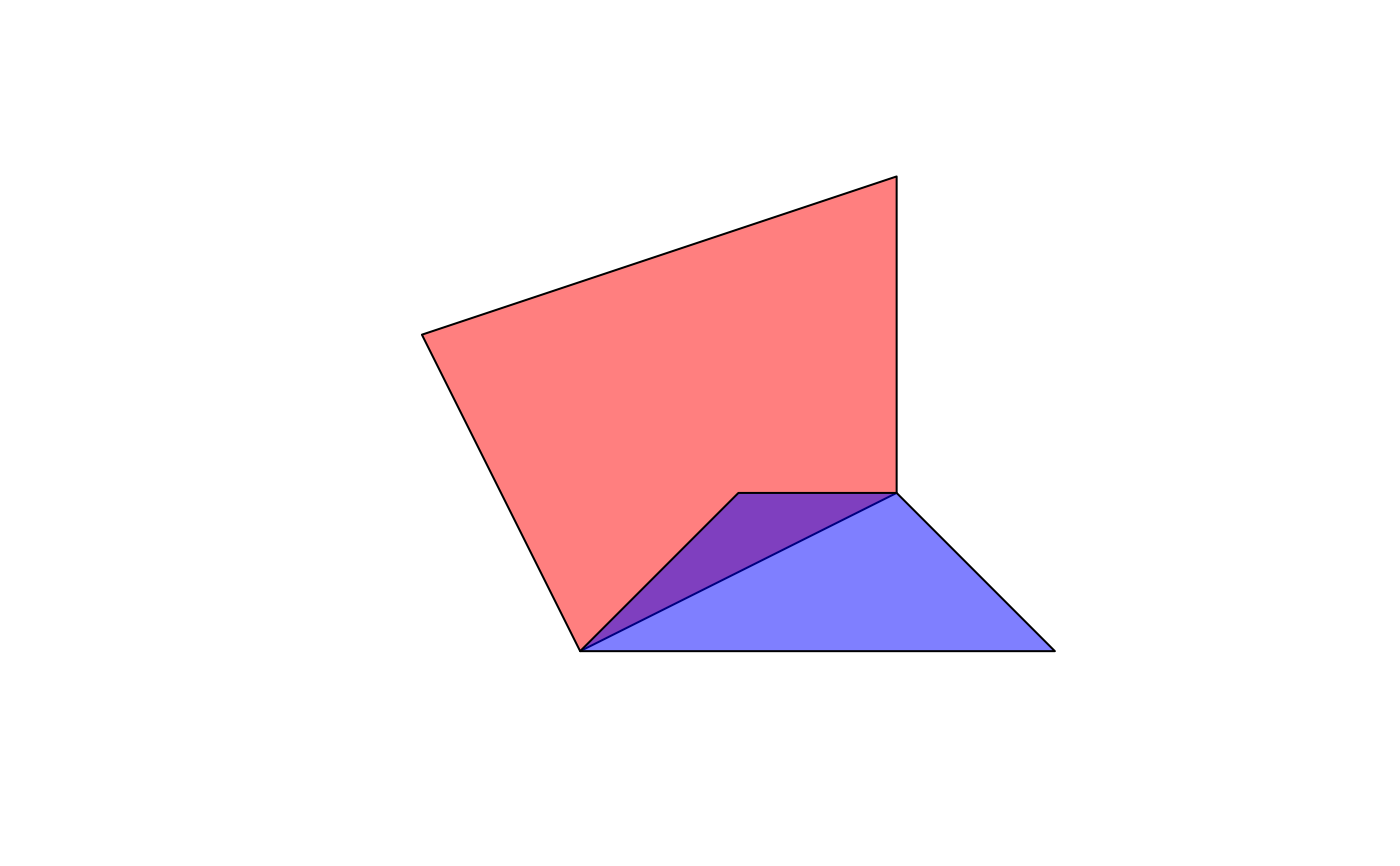Get or calculate the attribute of a list-column containing nested dataframes.
Source:R/utils.R
get_poly_attribute.RdFor example, self_union produces a SpatialPolygonsDataFrame
that has a column called union_df, which contains a data.frame
for each polygon with the attributes from the constituent polygons.
get_poly_attribute(x, col, fun, ...)Arguments
- x
the list-column in the (SpatialPolygons)DataFrame that contains nested data.frames
- col
the column in the nested data frames from which to retrieve/calculate attributes
- fun
function to determine the resulting single attribute from overlapping polygons
- ...
other parameters passed on to
fun
Value
An atomic vector of the same length as x
Examples
if (require(sp)) {
p1 <- Polygon(cbind(c(2,4,4,1,2),c(2,3,5,4,2)))
p2 <- Polygon(cbind(c(5,4,3,2,5),c(2,3,3,2,2)))
ps1 <- Polygons(list(p1), "s1")
ps2 <- Polygons(list(p2), "s2")
spp <- SpatialPolygons(list(ps1,ps2), 1:2)
df <- data.frame(a = c(1, 2), b = c("foo", "bar"),
c = factor(c("high", "low"), ordered = TRUE,
levels = c("low", "high")),
stringsAsFactors = FALSE)
spdf <- SpatialPolygonsDataFrame(spp, df, match.ID = FALSE)
plot(spdf, col = c(rgb(1, 0, 0,0.5), rgb(0, 0, 1,0.5)))
unioned_spdf <- self_union(spdf)
get_poly_attribute(unioned_spdf$union_df, "a", sum)
get_poly_attribute(unioned_spdf$union_df, "c", max)
}
#> Loading required package: sp
#> Loading required namespace: rgeos
 #> [1] high low high
#> Levels: low < high
#> [1] high low high
#> Levels: low < high